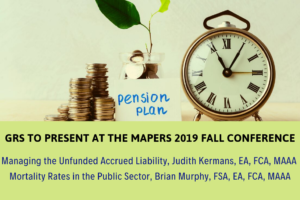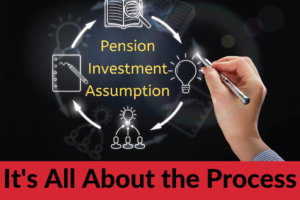Industry News
Moody’s Publishes 2019 State Pension and OPEB Liabilities Report
On September 17, 2019, Moody’s Investors Service released its publication, Medians – Adjusted net pension liabilities decline; OPEB liabilities vary widely. In the Sector Profile document, Moody’s states, “Adjusted net pension liabilities (ANPL) declined in states’ fiscal 2018 reporting due to healthy investment returns in fiscal 2017. States typically report their pension funding positions with a one-year lag. Favorable investment returns again in 2018 will lead to another modest decline in fiscal 2019 reporting of pension liabilities. Fiscal 2018 was the first year states reported other post-employment benefit (OPEB) liabilities under new accounting rules, which allow improved comparisons between pension and OPEB liabilities. Adjusted net OPEB liabilities range widely for the 50 states.”
Other highlights include:
- In Fiscal Year (FY) 2018, the total state ANPL was $1.56 trillion, down 3.6% from FY 2017, which represents 7.7% of U.S. Gross Domestic Product (GDP) and 132.4% of state revenue. In FY 2020, the total ANPL is projected to increase based on lower investment returns and discount rates in FY 2019.
- In FY 2018, the average state pension plan investment return was 8.8%, combined with a rise in interest rates, which will reduce liabilities in FY 2019. However, the average pension plan investment return fell to 6.6% in FY 2019, which is below the target return of 7.2%.
The report is available here.
 Judith Kermans
Judith Kermans On August 29, 2019,
On August 29, 2019,  Jim Anderson
Jim Anderson